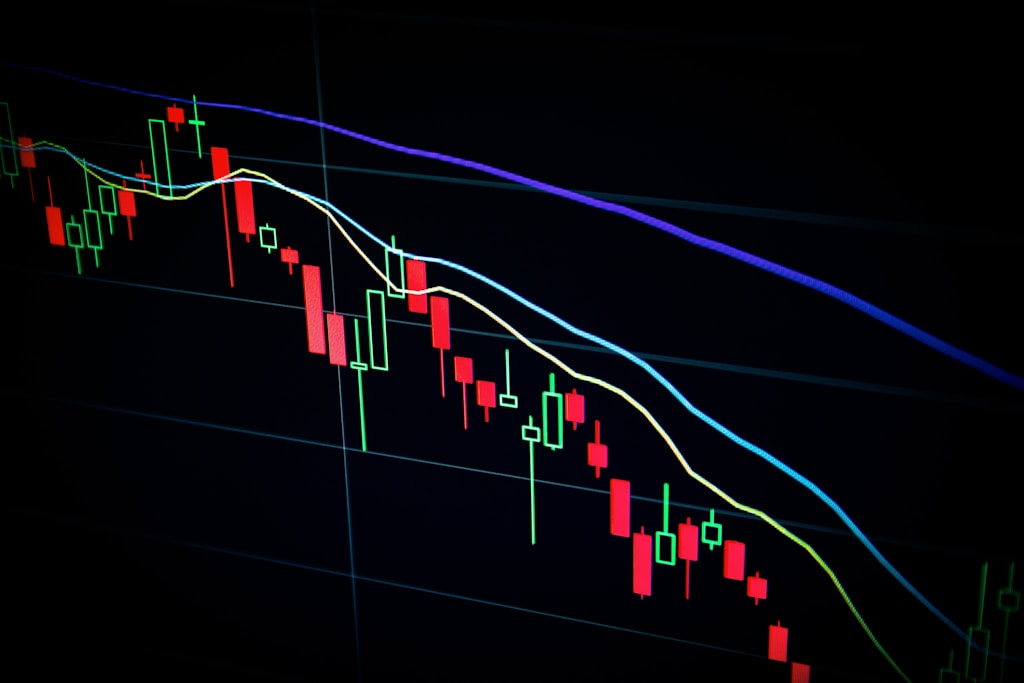Bitcoin’s futures market is showing significant signs of cooling as open interest plummets to $37 billion, marking a dramatic 35% decline from recent highs. This substantial drop in trading activity comes amid broader market uncertainties and changing investor sentiment.
According to recent Glassnode data, Bitcoin’s open interest has fallen sharply from its peak of $57 billion, coinciding with Bitcoin’s recent price correction to the $83K-86K range. This significant decline in open interest suggests a major shift in market dynamics and trading behavior.
Understanding the Open Interest Decline
The 35% reduction in open interest represents more than just a number – it signals a fundamental change in how traders are approaching the market. This decline has occurred alongside a dramatic 50% crash in Bitcoin’s hot supply, indicating a broader liquidity contraction in the market.
SPONSORED
Trade Bitcoin with up to 100x leverage and maximize your profit potential
Key Market Indicators
- Open Interest: Down 35% to $37 billion
- Hot Supply: Decreased from 5.9% to 2.8% of total BTC
- Exchange Inflows: Dropped 54% to 26,900 BTC daily
- Current Price Range: $83,000 – $86,000
Institutional Impact and ETF Influence
The availability of Bitcoin ETFs has introduced new market dynamics, potentially affecting short-term volatility. CME futures closures and ETF outflows suggest a strategic shift among institutional investors, moving away from leveraged positions toward more conservative approaches.
Market Outlook and Trading Implications
The combination of declining open interest, reduced hot supply, and decreased exchange inflows points to a potential consolidation phase in the Bitcoin market. Traders should consider these factors when planning their positions and risk management strategies.
FAQ Section
What does declining open interest mean for Bitcoin’s price?
Declining open interest typically indicates reduced leverage in the market and could lead to lower volatility in the short term.
How does the hot supply metric affect trading?
Hot supply reduction suggests fewer traders are actively moving Bitcoin, which could impact market liquidity and price discovery.
What role do ETFs play in current market conditions?
Bitcoin ETFs have introduced new market dynamics, potentially affecting traditional futures trading patterns and overall market structure.
